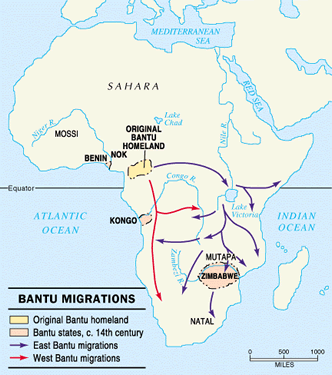M
Mikkel Glahder
Guest
Nexus 2500
The republic had just gone through a rather turbulent political time. Several different houses had rigged several elections and often used violence to get "supporters". In the end, it was all simply too much for the sitting Nex-Invoyli and he declared himself king to stop the grand problems there had been. This prooved to be a mistake however as the big political houses where always hungry for more power and so, they first simply made written protest. Or... two of them did and three days later, the whole family had been slaughtered by the hastly recruited "Royal Guard" whose loyalty was dubious. When the other houses heard of this, they rose in revolt and, as often as not, bribed the royal guard to not attack them and their followers. For most of the rural population, the change in leadership didn't matter as they had no say in politics most of the time and they were content with whoever ruled over them. Whether it was a republic or a monarchy. Real hell broke loose when both sides began to recruit peasants for their civil war. The rural population was opposed to this and formed their own faction and joined the civil war that had gone from bad to worse (or bad with more blood). As the rural population joined, many tribes joined in as well and began threatening to overun the capital with their superior numbers. When the king of Nexus was found dead, killed by his own guards, the big political houses began to calm down the rural army of peasants and tribes at the gates of the capital. Or, at least they tried too. When they heard that they'd have their own system back, they smashed the gate and ran amok inside the capital murdering anyone affiliated with politics apart from neutral members of the Contris and houses that promised changed. When it was done, the capital was littered with corpses and a stench of rotten bodies and death. A new system was set in place by the remaining councillors where the rural population had some influence.
With a new Nex-Invoyli choosen and a new Contris elected the everyday life could go on once again. However, none would forget the Slughter of the Capital in a long long time.




